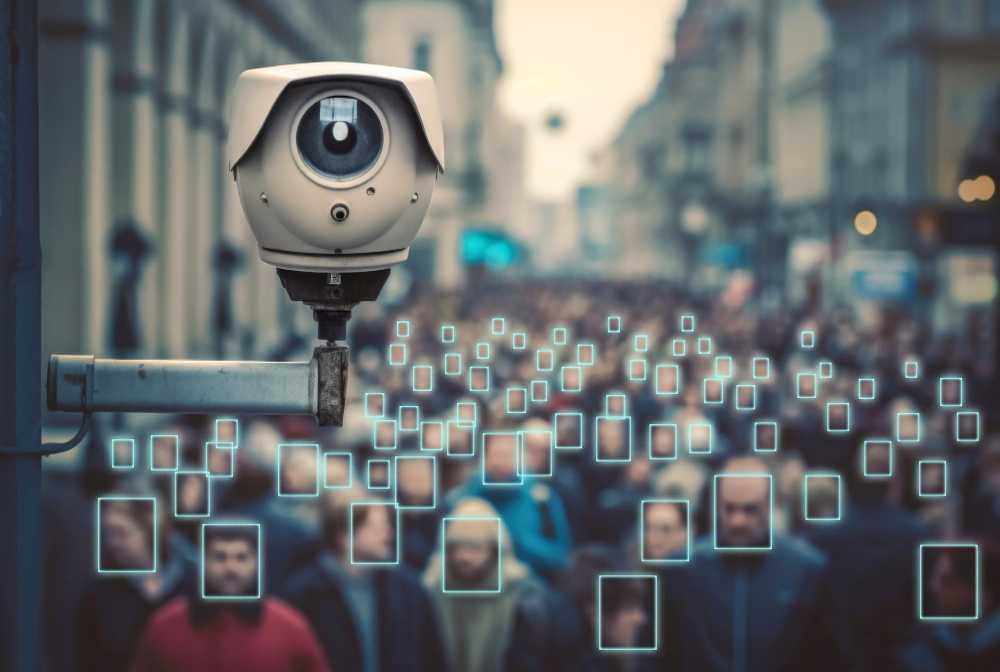AI brings human intelligence to everyday devices and has a huge impact on security. In the world of surveillance, AI helps to overcome the problem of video monitoring being an inefficient task that takes up too much time and effort for security operators, A good AI system has the ability to detect various incidents, including unattended objects, trespassing and unusual behaviors. These alerts can be sent to assigned endpoints in real-time, enabling on-site security and law enforcement personnel to take action.

Detection of Unattended Objects
The detection of unattended objects is a major challenge for computer vision systems. This application is critical to safety and security in public areas such as shopping malls, airport lounges, train stations, etc. Artificial intelligence is a key tool in analyzing video footage to identify suspicious activity and detect any trespassing incidents. It is also used to improve existing processes and automate manual intense data management practices in a wide range of industries and applications, It helps in reducing the time it takes to handle all kinds of complex processes by improving them with automation and identifying patterns that humans would never notice. It also offers decision support in a variety of different scenarios, The detection of abandoned objects consists of several analysis stages including foreground segmentation, stationary object detection, and abandonment validation. These steps address challenges that are usually affecting detection performance, such as the occlusion of target or its occluded motion.
Detection of Trespassing
Trespassing is the act of entering or remaining on someone else’s property without permission. It is a criminal offense and can lead to jail time and/or a fine, depending on the state, There are several types of trespassing laws, including civil trespassing and criminal trespassing. If you trespass on property that is not your own, you may be able to sue the owner of that land for damages.
In addition, trespassing is usually considered a crime when it involves harm to people or property, even if you didn’t intend to cause any harm. Examples include cutting down trees or tampering with vending machines. Trespassing is also a major problem in the railroad industry, which has seen a rise in accidents over the years. While the industry has made strides to monitor trespassing, it still has not been effective at reducing fatalities.
Detection of Unusual Behaviors
Anomaly detection algorithms locate anomalous behaviors that don’t conform to the expected pattern of normal activity. This may be a signal of an attack, security breach, or other data issue, A modern firm needs to respond rapidly to data changes and needs a proactive strategy to detect abnormal behavior that may signal issues like triggered interventions, errors or defects. But managing and evaluating ever-increasing datasets is difficult, if not impossible by hand.
Anomaly detection uses machine learning models that create baselines of typical behavior. These models are based on the historical activities of entities and their peers within a specific environment. The model then examines the data set automatically and adjusts the usual behavior variables to uncover anomalies.
Detection of Fraud
Detecting fraud is a significant challenge for businesses. Fraud can cause huge losses for banks, insurance companies, and other financial institutions, To combat this problem, a number of organizations have used AI to proactively prevent fraud. This is done by leveraging AI models to detect suspicious transactions and alert investigators about potential issues, helping them to investigate them faster and better.
Traditional methods rely on rules and patterns to distinguish between legal and fraudulent transactions, but these techniques aren’t always effective. They also risk missing a lot of activity or creating excessive amounts of false positives, Instead, AI-based solutions are able to process vast quantities of data and identify complicated underlying patterns that humans would otherwise miss. They can also respond quickly and adaptively to new, previously unknown fraud methods over time.